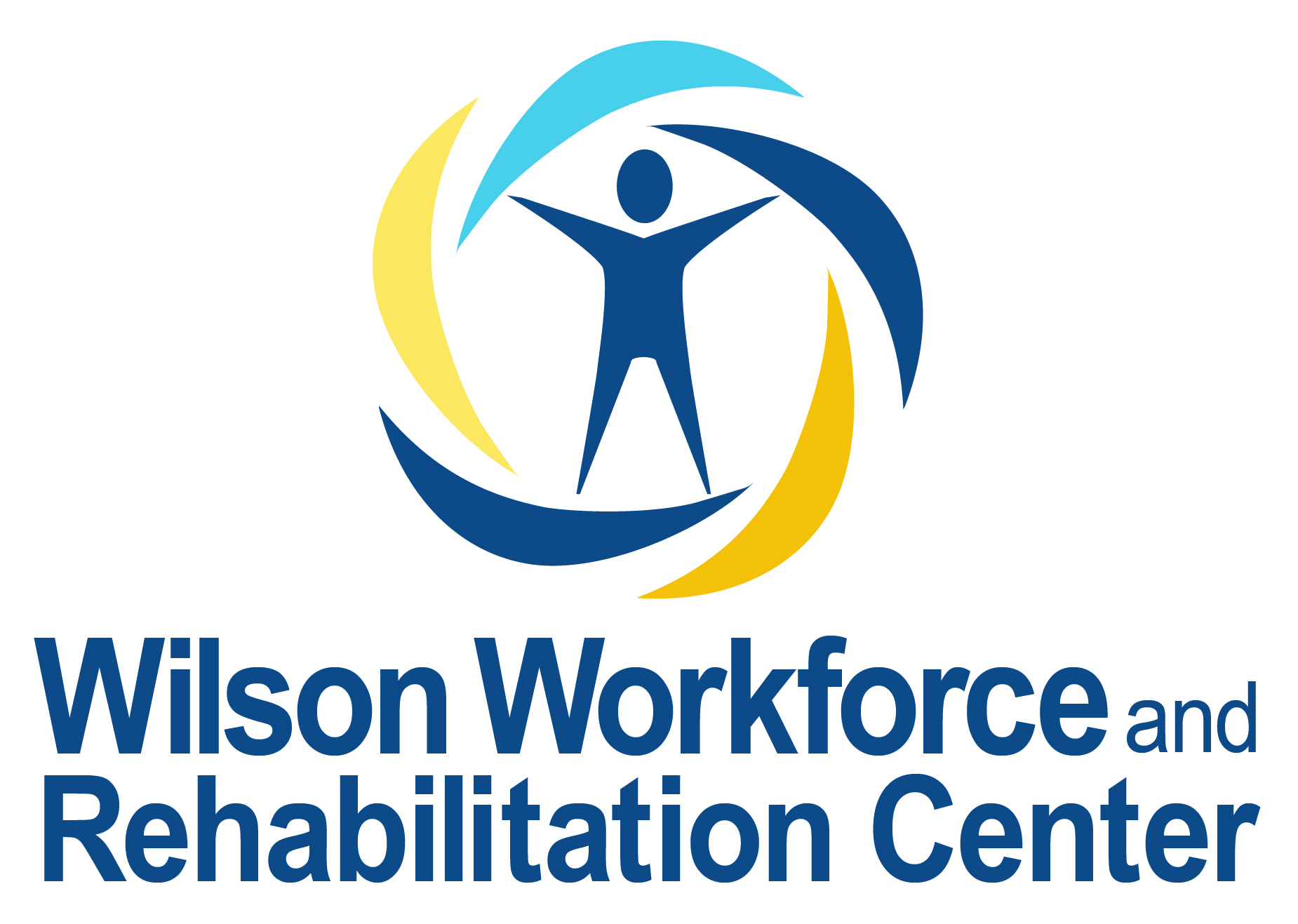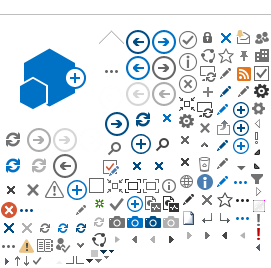Overview
Early consideration of the successful transition back to one's home community is a vital part of the Rehabilitation Team process for VR consumers served at WWRC. Effective planning facilitates successful community re-integration with a positive employment outcome. Effective planning requires full engagement of the WWRC Rehabilitation Team, which includes the VR consumer and his/her DRS Rehabilitation Counselor. If the DRS Rehabilitation Counselor (and other community partners where indicated) is unable to attend in person, video-conference and conference call options should be considered.
This written plan describes the process through which placement services are planned, implemented, and evaluated.
Coordination of Placement Services
The coordination of Placement Services for WWRC Vocational Training graduates is ultimately a joint effort of the WWRC Rehabilitation Team, led by the WWRC Rehabilitation Counselor and the DARS/DRS Rehabilitation Counselor in the home community, in consultation with an assigned DARS/DRS Placement Counselor and other community partners, as applicable. Upon enrollment, each student is assigned a WWRC Rehabilitation Counselor who is accountable for helping the student define rehabilitation goals and services to achieve these goals, as well as document ongoing progress towards attainment of goals. The student and his/her rehabilitation counselor, in partnership with other members of the assigned rehabilitation team, mutually determine the level and type of placement service(s) anticipated to be needed as part of development of an Individual Plan for Employment (IPE). This IPE can be modified, at any time, based on needs and progress towards attainment of goals.
No later than forty-five to sixty (45-60) days prior to anticipated program completion, the WWRC Rehabilitation Counselor is expected to convene a Rehabilitation Team meeting that focuses on final home community transition planning considerations, options, and goals. This specialized Rehabilitation Team meeting should include the DRS Job Placement Counselor and/or Employment Service Organization (ESO) representative, if feasible and appropriate to the types of services the VR consumer will need upon return to the home community, to optimize utilization of their services. With the consumer's permission, family members may be invited to reinforce available natural support systems. Final home community transition planning should consider any strategies and techniques, including 'wrap-around support' services, that were demonstrated to be successful in the WWRC residential environment and that may assist the VR consumer as they transfer back to their home community.
Maintaining Effective Communication Networks Among Partners
The WWRC Rehabilitation Counseling Division has lead responsibility for establishment and maintenance of an effective communication network between placement counselors, faculty and staff, community organizations and Agency referral sources, and business/industry resources to facilitate effective placement services for graduates of WWRC's vocational training programs. Rehabilitation team members, including the student, his/her natural support system, and internal and external partners, are each mutually accountable for successful employment outcomes.
WWRC partners with Agency colleagues and vendors to facilitate workforce linkages that are anticipated to result in successful employment outcomes for mutual VR consumers. These workforce linkages include options for community-based internships, job placement, and employment supports. Agency Business Development Managers (BDMs), Job Placement Counselors, and Employment Service Organizations (ESOs) are essential resources that help bridge the gap between WWRC as a training provider and Business/Industry internship and employment opportunities. Rehabilitation Team discharge planning processes consider information obtained from these resources to facilitate appropriate workforce readiness and skill transfer into workplace settings.
Combining disability expertise with a professional understanding and appreciation of workforce business challenges, community-based workforce partners may contribute to quality discharge planning processes in the following ways:

